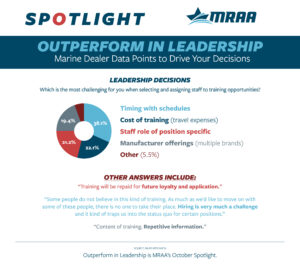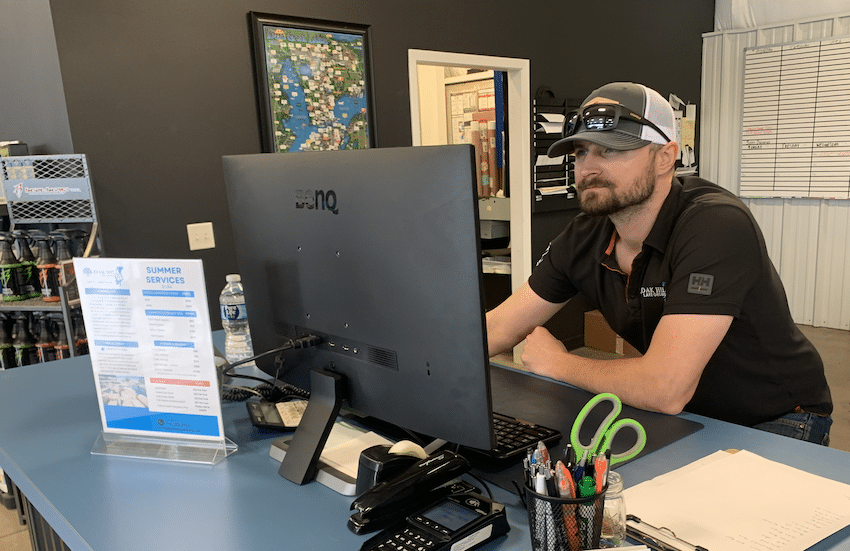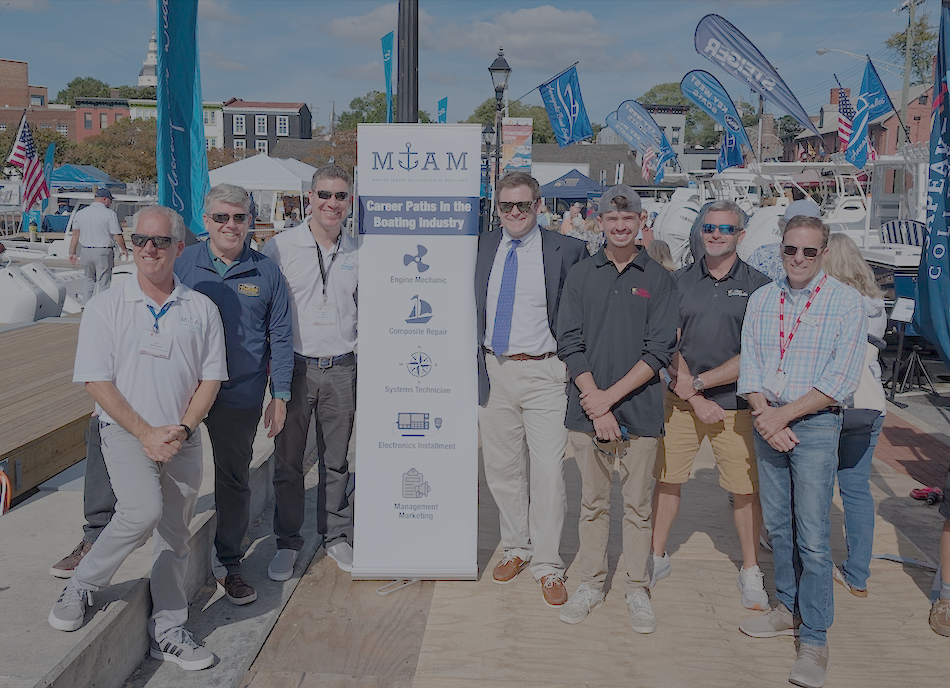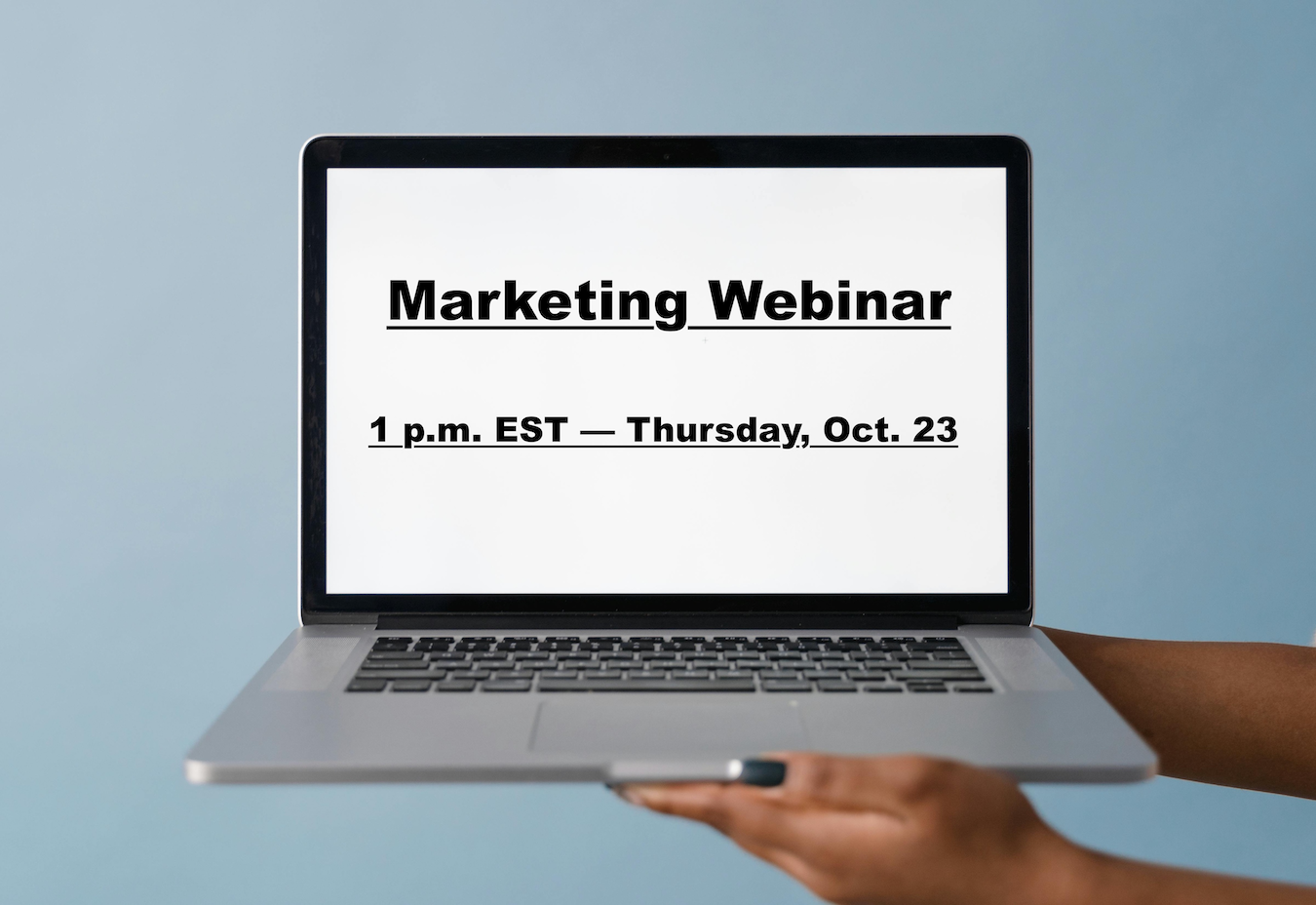The first work-related tune that pops in a lot of people’s heads is probably “Take This Job and Shove It,” a David Allen Coe song made popular by Johnny Paycheck (got to appreciate that last name!). According to Wikipedia, the song represents a working man’s attitude toward a gig he’s worked long and hard at, but found no true reward for his efforts. Plus, his woman has left him, making him extra emotional.
Chances are, as a leader, you’ve either heard a similar phrase from an employee or learned about someone’s bitterness for their job, which may have even come as a surprise to you. So how can you transform the “shove it” into “LOVE it?” By investing in your employees, you can help to build a culture of accountability and trust and create better engagement. Through active listening and taking an empathetic approach, you can help to shift some of their focus to training and personal development rather than only performance and results.

Virgin Group Founder Richard Branson shared a simple sentence on his LinkedIn account that read, “Train people well enough so they can leave, treat them well enough so they don’t want to.” This is a different take to the old dual-question we’ve heard in the boating industry that says, “What if I train them and they leave? What if you don’t train them and they stay?”
So how can you invest in your employees more, even in challenging times? It’s more affordable to train them and retain them than it is to hire new talent. It’s also painful to see the revolving door of talent keep spinning because it drains your confidence and that of your remaining staff. Of course, some people’s departure feels more like a gift more than a gut punch, but that’s why it’s critical to set them up for success; so the good ones stay!
In a recent MRAA Pulse Report, we asked leaders a question to identify their most challenging aspect for selecting and assigning staff to training opportunities? Those opportunities for continued learning and professional growth. The top obstacle was finding the time within the schedule and was followed by the cost of training in general. View the results in this MRAA Infographic.

Once you overcome your dealership’s limitations, the next critical step is to create and follow a plan for to help them find success, not discouragement. Use these helpful tips to set up a training program that helps your team.
- Specific Training and Development Plans: For employee development, it’s vital to set up a structured training plan that gets employee buy-in. You can help your employees – sometimes even at a different pace based upon the individual – improve their skills and confidence with a definite pathway for success. Set up their plan together, complete with directives and expectations, to avoid any confusion.
- Employee Engagement and Feedback: Your timely, constructive feedback can make a world of difference in their training success (or failure). Employees need regular feedback, as it helps them understand where they are and where they need to be. HOT TIP: Make your feedback timely by sharing it with them as close as possible to their training event. HOT TIP: A key pillar within the MRAA Certified Dealership Program is an Employee Satisfaction Survey, that captures your team’s anonymous feedback and suggestions for improvement.
- Advancement Opportunities: Employee retention can improve by showcasing your interest in making possible their desire for advancement. For them to understand and have a clear vision for growth can be motivating and help them reinvest in your dealership.
- Needs Analysis: Do you even know what each of your employees wants from their role and daily work? Think: What’s in it for them? When you create opportunities for them that align with your business goals, they gain perspective. By allowing autonomy and providing meaningful work you can help them gain gratification within the work they perform.
- Cultural Fit and Values: In order to develop a respected work-place culture, you want to help develop employees who fit within your organization and share similar values. This leads to improved performance and greater satisfaction among your crew. This includes both hard skills and the ever-important soft skills (critical thinking, creativity, adaptability …).
The MRAA has a couple courses to aid you in employee development, including:
Even with a plan in place, your busy dealership environment makes it challenging to find the “extra” time to watch, listen and learn additional education and insights. Try these strategies to help your training operations progress:
- Integrate Training into Daily Operations: By integrating learning into your team’s daily tasks, you ease the pain to “find time” for it. HOT TIP: Use a mentor/apprentice method to help some employees learn on the job. This can be more efficient and offers real-world education and implementation.
- Start Small & Simple: When employees are doing what they enjoy, the clock moves quickly. You don’t want them counting down the hours and becoming clock watchers. That’s why building an uncomplicated plan for education is critical. The idea is not to add more time in their day. You’re better off creating short, focused training. Also, convenient training programs and using friendly digital platforms (where they learn) create less hurdles and excuses for failure.
- Time Management: We all know employees manage their time differently. Some shine by concentrating their efforts on creating perfected work habits that lead to successful outcomes. Others need guidance, and sometimes coaxing, to become more focused and consistent. Better time management can help remove the excuse of “there’s no time.”
- Budget: More often than not, through a membership, travel, conferences and other offerings, training is not free. It’s wise to budget for your training plan, whether that includes distant travel or digital education programs. When you plan for it and include it in your budget, you’re committed to use it. Plus, your team gains a better understanding of your dedication to training so they buy-in because they see avenues for personal and professional growth.
- Employee Input: While you could drive the bus, it’s often better to let the employees take a turn behind the wheel during the planning phase to be sure it meets their needs and interests. They are also more likely to engage with the opportunities provided.
- Highlight the Benefits: As a leader, your ability to showcase the benefits of training and career advancement clearly to your employees can make a huge difference. When they know you want to help them improve and grow, you gain active participants, not superficial players who were assigned an additional task.
Explore the MRAA’s Guide to Dealership Improvement to find more improvement strategies, including how to develop a training plan and budget customized for your dealership.
Incentive Pay for Training?
Some leaders view the training as a perk to their employee, as in an opportunity for career advancement. Determining whether to provide incentive or pay upon training completion depends upon your dealership’s financial situation, the type of training and the predetermined education plan you set up with your team.
- Added Value: Because it enhances your employees’ skills and professional growth, you can choose to make training a perk to the employment. Just remember to make it clear from the start that you’re investing in their professional development so they understand the program. Gaining their satisfaction and helping them perform better is essential to their success and yours.
- Compensation Alignment: Training is valuable for sure, but can be more rewarding if it involves increased skills and more responsibilities. You have to determine if your employee can take on more complicated jobs or improve efficiency so you can justify paying them more. And if it’s not cash or a pay raise, perhaps you can find other clever way to reward your best students.
- Employee Expectations: Again, managing expectations is critical for your training program’s success. Discuss the two previous points with your entire team to clearly communicate if the training could lead to a pay increase or if it is primarily for skill development. Your transparency avoids misunderstandings and helps employees understand the training benefits.
- Performance-Based Increases: Once your employee completes the training and it leads to improved performance, you could consider a pay raise. But this is something you need to determine beforehand to eliminate confusion and distrust.
- Market Competitiveness: How does your compensation package compare with industry standards? You need to know what your competitors pay, as it may sway you to adjust your compensation or incentives for training.
Ideally, you want to be able to find a balance within training that both motivates your team and helps retain them while also helping them advance their career without necessarily burdening your financial health.
Use the following MRAA resources to help advance your service department.
- Reduce Service Dept. Pain With These Workforce Tools & Strategies
- Attract and Keep Techs
- Build a Service Dream Team
Long-Term Success
As a leader in your dealership you have many opportunities to further your success in 2025. Remember, though, that employees are often viewed as the lifeblood of a business because their contributions are vital to its success. Investing in team training is more than an expense. Sure, time constraints and budgeting are hurdles you must consider, but they don’t outweigh a more engaged and well-trained workforce.
Your commitment to employee growth and career development can help to build a stronger culture and a crew that is more invested in the dealership. Your team’s success is ultimately your dealership’s success. Finally, you want your employees singing your dealership’s praises and to bellow the words, “take this job and LOVE it, I ain’t leaving here no more!”
[AIMIE, MRAA’s AI for Marine Industry Education and content delivery system, was used as a resource in the production of this content. Learn more.]




